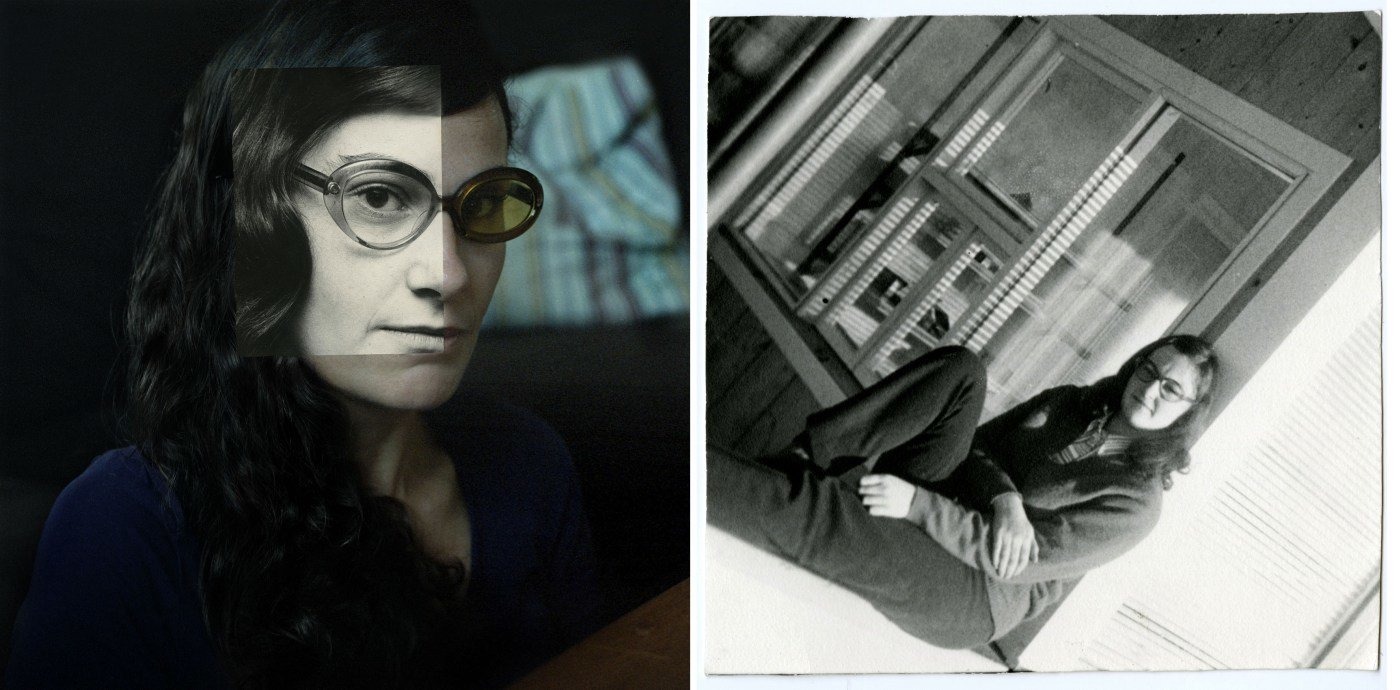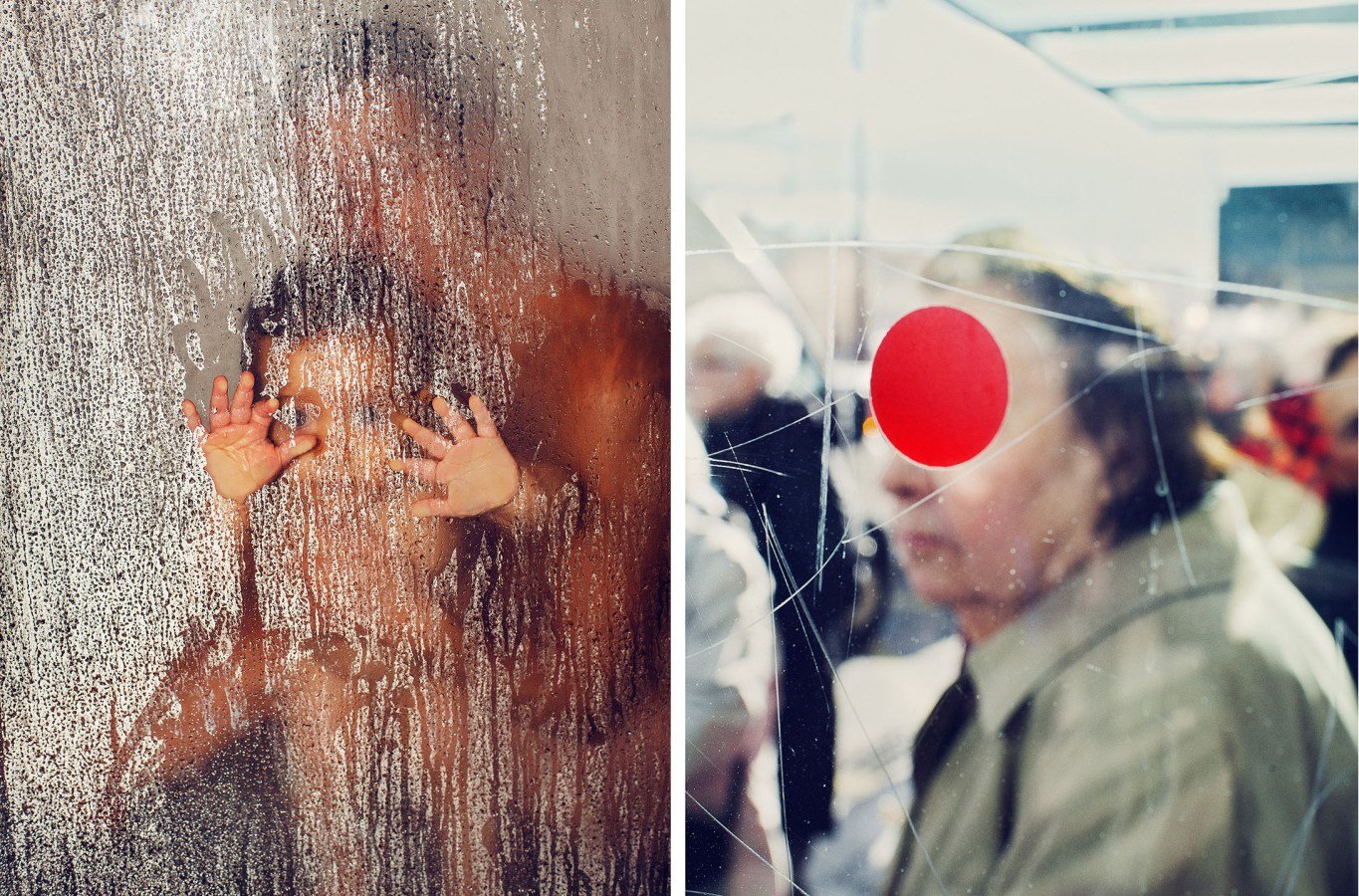Seminar: Finding one’s visual voice
September 20 2017
Magnum photographer Christopher Anderson and former NJP photographer Linda Bournane Engelberth, now in the mentor program of the agency VII, both work with documentary and personal photography. On Wednesday, September 20, you can hear them talk about their methods.
The event will take place at Fritt Ord Foundation at Uranienborgveien 2, Oslo, from 6.00 – 8.00 p.m. It will be co-organised by The Norwegian Journal of Photography and Fritt Ord.
“Emotion is really the only thing about pictures I find interesting. Beyond that it is just a trick”.
– Christopher Anderson, Magnum Photos
How does one develop one’s own style of photography? And how can the photographer’s voice be heard?
Anderson will talk about his work in war and conflict zones, and about how he has developed his own visual voice in the close, intimate photography he has moved towards recently.
Born in Canada, Christopher Anderson grew up in Texas. In 2000, he boarded a small wooden boat with 44 Haitian refugees bound for the US. The boat sank in the Caribbean, and Anderson was awarded the Robert Capa Barren Medal for the work he did then, which marked the start of a ten-year stint as a contract photographer for Newsweek and National Geographic.
After joining Magnum Photos in 2005, he has published a number of books, both documentary projects and more personal stories. Among them is the book SON, in which he follows his son’s birth and early life.
Christopher Anderson is currently working on the project Bleu Blanc Rouge, a kind of open meditation about French culture and identity. He started working on this in 2010 when he was in the south of France, but he moved in another direction after the terrorist attacks in France and the emergence of the ultra-nationalistic party, the National Front.
Linda Bournane Engelberth also began her career in a more classic documentary tradition, when she worked for Klassekampen and on the project about the Romani people in Oslo, her contribution to The Norwegian Journal of Photography #1.
In recent years, she has said that she has challenged herself, in terms of photography and storytelling alike, to open up and try new ways of telling stories, as we can see in her photo project Persona, in which she gives her mother, who died in 2013, an alternative, fictitious life.

Like Anderson’s projects, Linda B. Engelberth’s projects are set in a context that extends beyond up close and personal. Both photographers will show their early works along with more recent projects.
